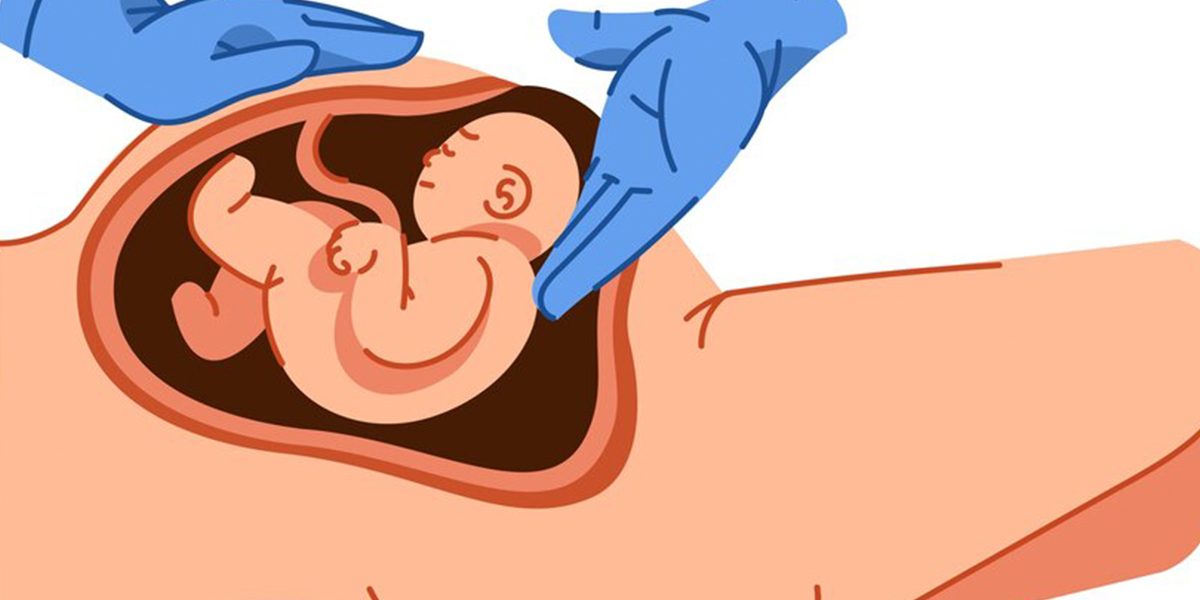Recently, the rate of cesarean sections has increased. C-sections or cesarean sections are usually recommended based on the mother’s or baby’s health at the time of birth. You are aware of what a c-section is, but you are not familiar with how it was born. This blog will help you to find out about the history of cesarean section.
What is C-section
A cesarean section is a type of surgical childbirth in which a baby is delivered through an incision made in the womb. They are usually carried out when a vaginal delivery(tips for normal delivery) is neither feasible nor safe, or when your or your baby’s health is in danger.
History of the Cesarean Section
In ancient times, most of the deliveries were done by the local midwife who was an expert in this field. Further, many women died during or shortly after childbirth in many complex situations. Many postmortem c-sections (c-sections performed after the mother has passed away) were performed during the most difficult deliveries to save the baby. Some babies will, however, be born alive in such circumstances or not.
A Swiss veterinary doctor brought his wife in for delivery in 18100. The doctor’s wife had a prolonged labour even with the help of 13 expert midwives. When all else failed, the doctor himself performed a c-section on his wife after receiving permission from local authorities Surprisingly, after the surgery both the mother and the baby were fine. This was the first C-section performed on a live mother; before that, only postmortem C-sections had been done. According to reports, both the mother and the baby were healthy even years afterwards.
Reason for initial C-section failure
Another popular theory holds that the term “cesarean” originated with the Cesarean delivery of Roman ruler Julius Caesar. As decades passed, c-sections came into existence. However, many of the mothers who underwent it died (almost 80% of them), leading to several unsuccessful attempts due to infection, bleeding etc. Due to the unawareness of performing the c-section in a hygienic way many women died initially.
After that, they identified and gradually fixed several c-section’s drawbacks (like performing it in a hygienic way etc). Due to several technological improvements made as the medical sector developed, today we can deliver babies via C-section without any complications.
To sum up
Well from this blog you now have a better grasp of the history of the cesarean section. As a result, after numerous medical attempts, we now have an effective C-section approach.








